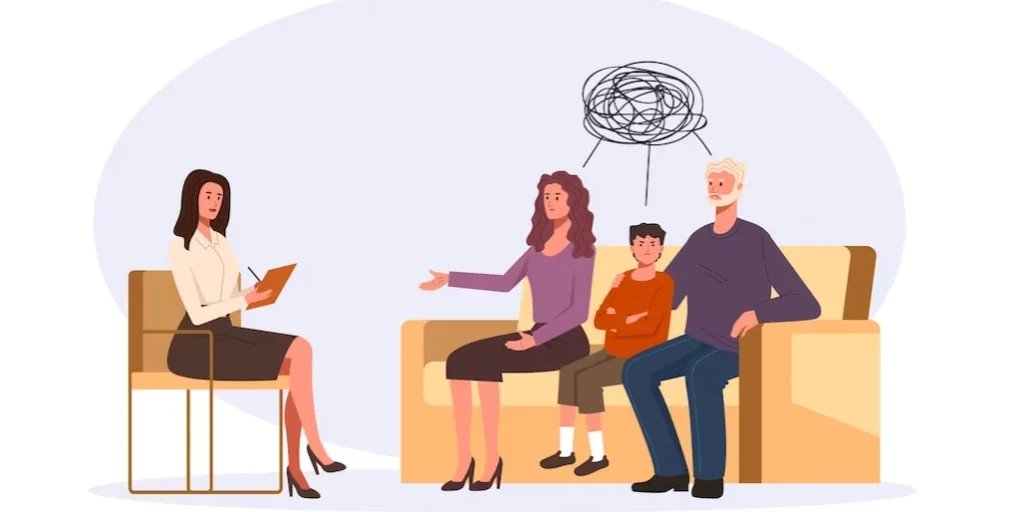24/7 Helpline:
(866) 899-221924/7 Helpline:
(866) 899-2219
Learn more about Intervention Services centers in Flushing
Intervention Services in Other Cities

Other Categories
Other Insurance Options

Humana

ComPsych

Group Health Incorporated

Regence

Optima

Private insurance

Evernorth

WellCare Health Plans

Health Net

Medical Mutual of Ohio

AllWell

Health Partners

UnitedHealth Group

Excellus

Anthem

CareFirst

BlueShield

Premera

WellPoint

MVP Healthcare


Baywood
Baywood is a private rehab located in Flushing, New York. Baywood specializes in the treatment of al...


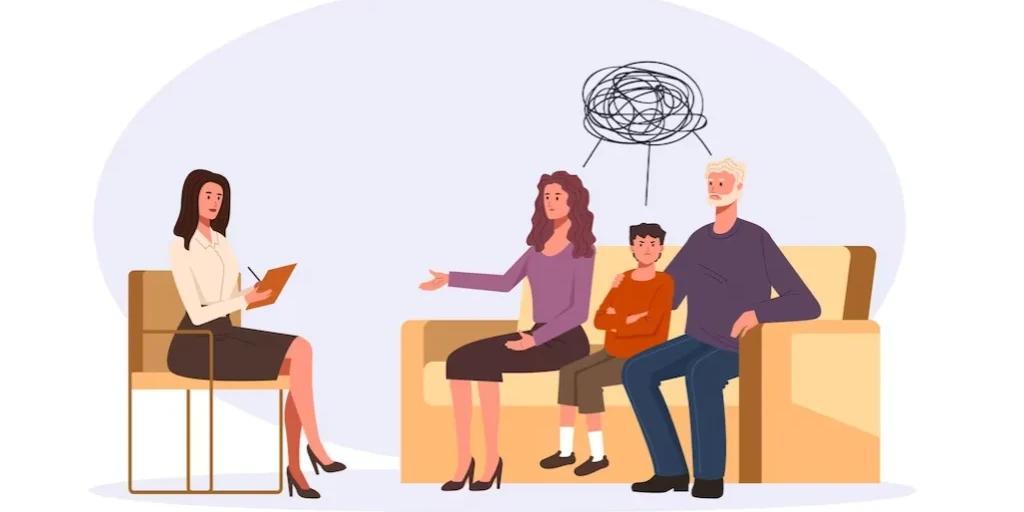


DOT Caring Center
DOT Caring Center is a private rehab located in Flint, Michigan. DOT Caring Center specializes in th...

Hurley Mental Health Services
Hurley Mental Health Services is a private rehab located in Flint, Michigan. Hurley Mental Health Se...

Oakland Psychological Clinic
Oakland Psychological Clinic is a private rehab located in Grand Blanc, Michigan. Oakland Psychologi...

Sacred Heart Rehabilitation Center
Sacred Heart Rehabilitation Center is a not-for-profit behavioral healthcare organization with a leg...

Recovery Unlimited Treatment Center
Recovery Unlimited Treatment Center is a private rehab located in Flint, Michigan. Recovery Unlimite...

DOT Caring Centers
DOT Caring Centers is a private rehab located in Flint, Michigan. DOT Caring Centers specializes in ...

Above the Water House
Above the Water House is a private rehab located in Flint, Michigan. Above the Water House specializ...

Genesee Mental Health
Genesee Mental Health is a public rehab located in Flint, Michigan. Genesee Mental Health specialize...

Easterseals Michigan
Easterseals Michigan offers outpatient services for families and children who have a Mental Health d...
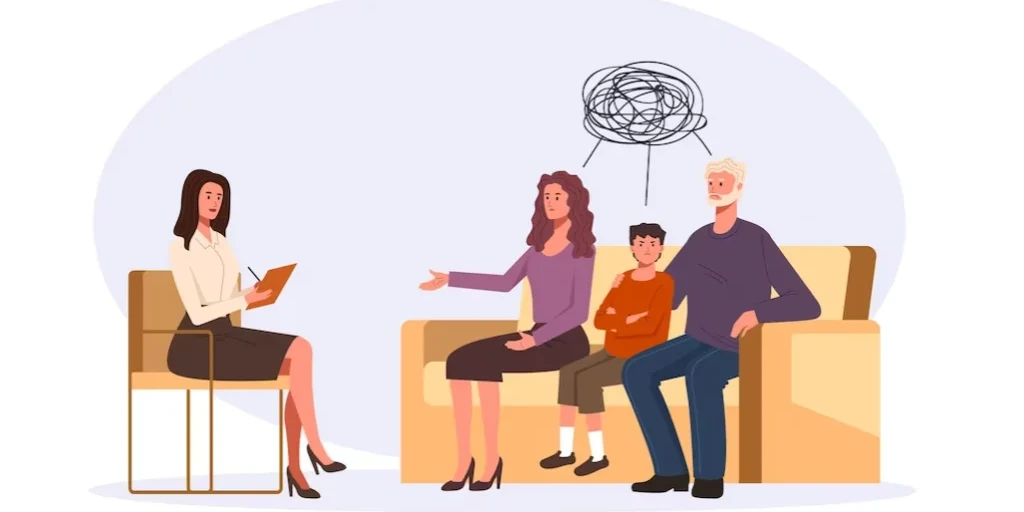
Odyssey Village
Flint Odyssey House is a drug-free comprehensive recovery community that serves as a microcosm of so...

Holy Cross Counseling – Grand Traverse Street
Holy Cross Counseling - Grand Traverse Street provides a comprehensive substance abuse treatment pro...

New Paths
New Paths Inc (NPI) is a comprehensive drug and alcohol rehabilitation facility in Flint, Michigan. ...

McLaren Flint – Behavioral Health
McLaren Flint – Behavioral Health is a private rehab located in Flint, Michigan. McLaren Flint – Beh...
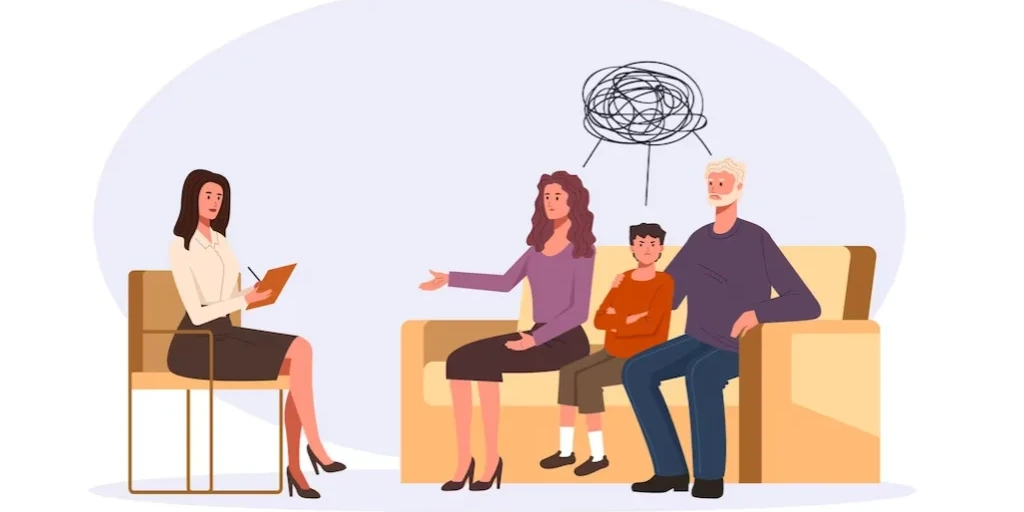
Oakland Psychological Clinic
Oakland Psychological Clinic is a private rehab located in Flint, Michigan. Oakland Psychological Cl...

Ennis Counseling Center for Children
Ennis Counseling Center for Children is a private rehab located in Flint, Michigan. Ennis Counseling...

New Passages Psychological Services
New Passages Psychological Services is a private rehab located in Flint, Michigan. New Passages Psyc...

VA Ann Arbor Healthcare System – Flint Community Based Outpatient Clinic
VA Ann Arbor Healthcare System - Flint Community Based Outpatient Clinic is an outpatient clinic loc...

Genesys Hillside Center for Behavioral Services
Genesys Hillside Center for Behavioral Services is a private rehab located in Grand Blanc, Michigan....

Delta Family Clinic South
Delta Family Clinic South is a private rehab located in Flint, Michigan. Delta Family Clinic South s...

Hope Network Behavioral Health – Eldon Baker Campus
Hope Network Behavioral Health – Eldon Baker Campus is a private rehab located in Flint, Michigan. H...







































































































































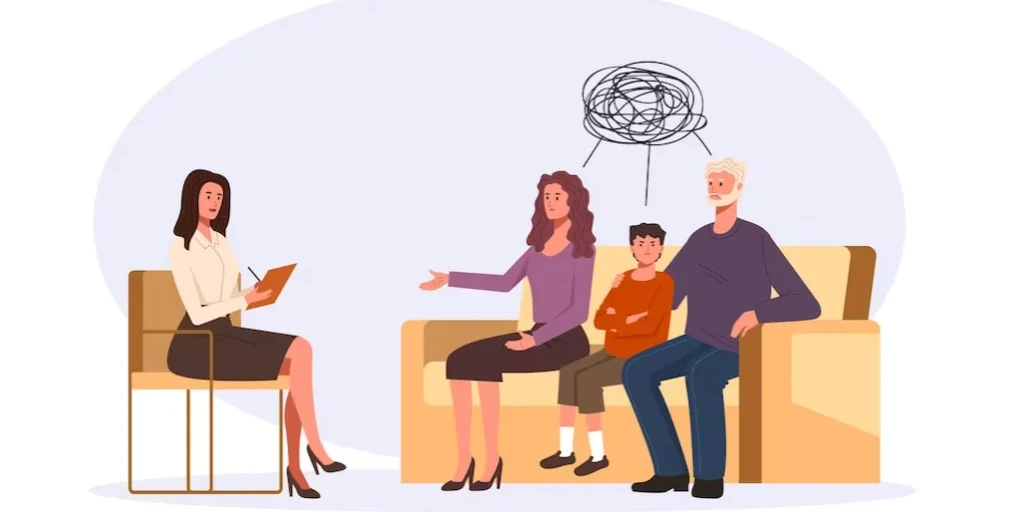















Cocaine Anonymous – CA
Cocaine Anonymous – CA is a non-profit rehab located in Flint, Michigan. Cocaine Anonymous – CA spec...

Transition House
Transition House is a private rehab located in Flint, Michigan. Transition House specializes in the ...

National Council on Alcoholism and Addiction
National Council on Alcoholism and Addiction is a private rehab located in Flint, Michigan. National...

Alano House
Alano House is a private rehab located in Flint, Michigan. Alano House specializes in the treatment ...

Taylor Psychological Clinic
Taylor Psychological Clinic is a private rehab located in Flint, Michigan. Taylor Psychological Clin...

Flint Odyssey Outpatient Services
Flint Odyssey Outpatient Services is a drug-free comprehensive recovery community that serves as a m...

Insight Recovery Center
Insight Recovery Center is a private rehab located in Flint, Michigan. Insight Recovery Center speci...

Bio Medical Behavioral Health System
Bio Medical Behavioral Health System is a private rehab located in Flint, Michigan. Bio Medical Beha...

AA – Alcoholics Anonymous
AA – Alcoholics Anonymous is a non-profit rehab located in Flint, Michigan. AA – Alcoholics Anonymou...

Holy Cross Counseling
Holy Cross Counseling - 712 N. Grand Traverse Street provides a comprehensive substance abuse treatm...

New Oakland Family Centers
New Oakland Family Centers, in Flint, Michigan, provides outpatient mental and behavioral health car...

Holy Cross Counseling Services
Holy Cross Counseling Services - Flushing Road is a Catholic organization whose mission is to bring ...

New Passages Hope Network
New Passages Hope Network is a private rehab located in Flint, Michigan. New Passages Hope Network s...

Woodward Counseling
Woodward Counseling is a private rehab located in Flint, Michigan. Woodward Counseling specializes i...


















































